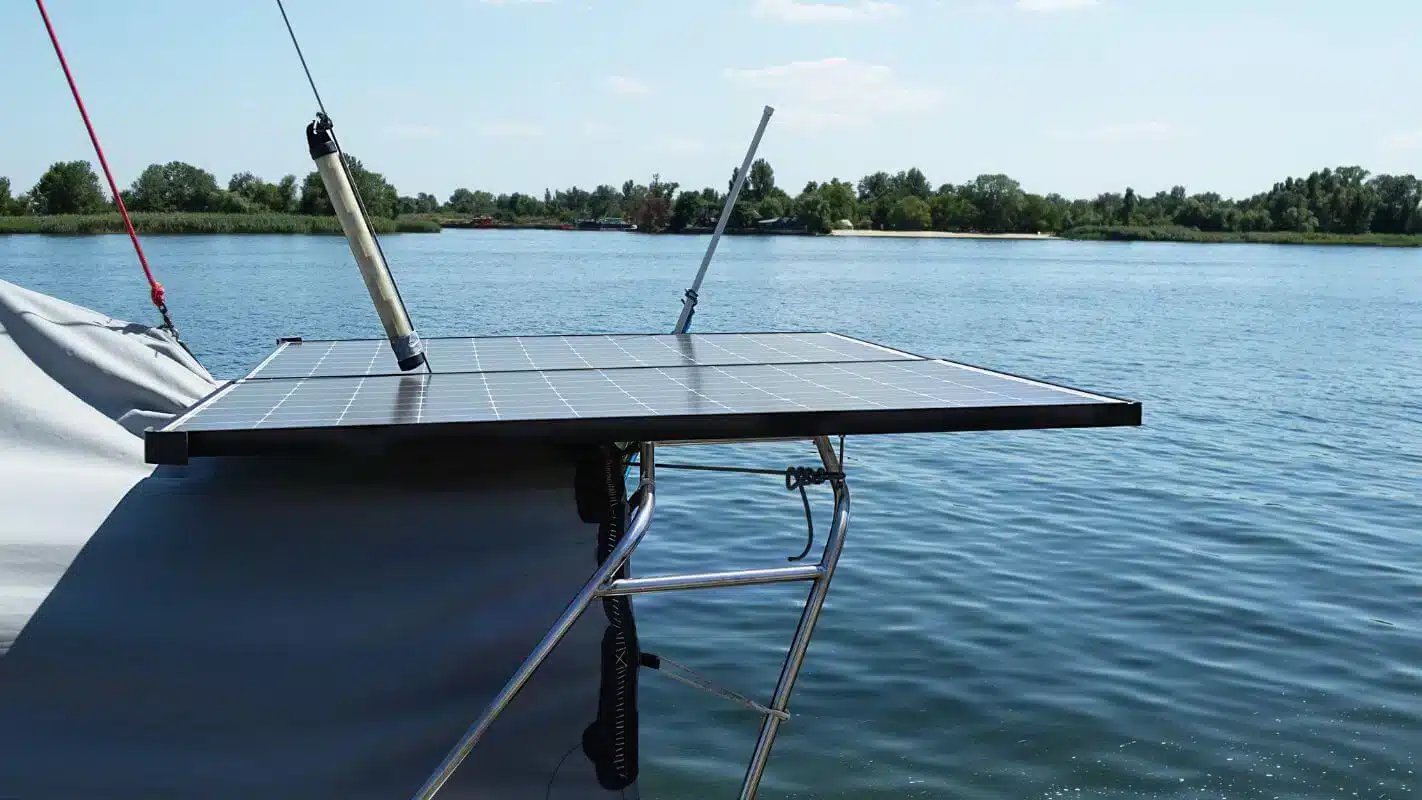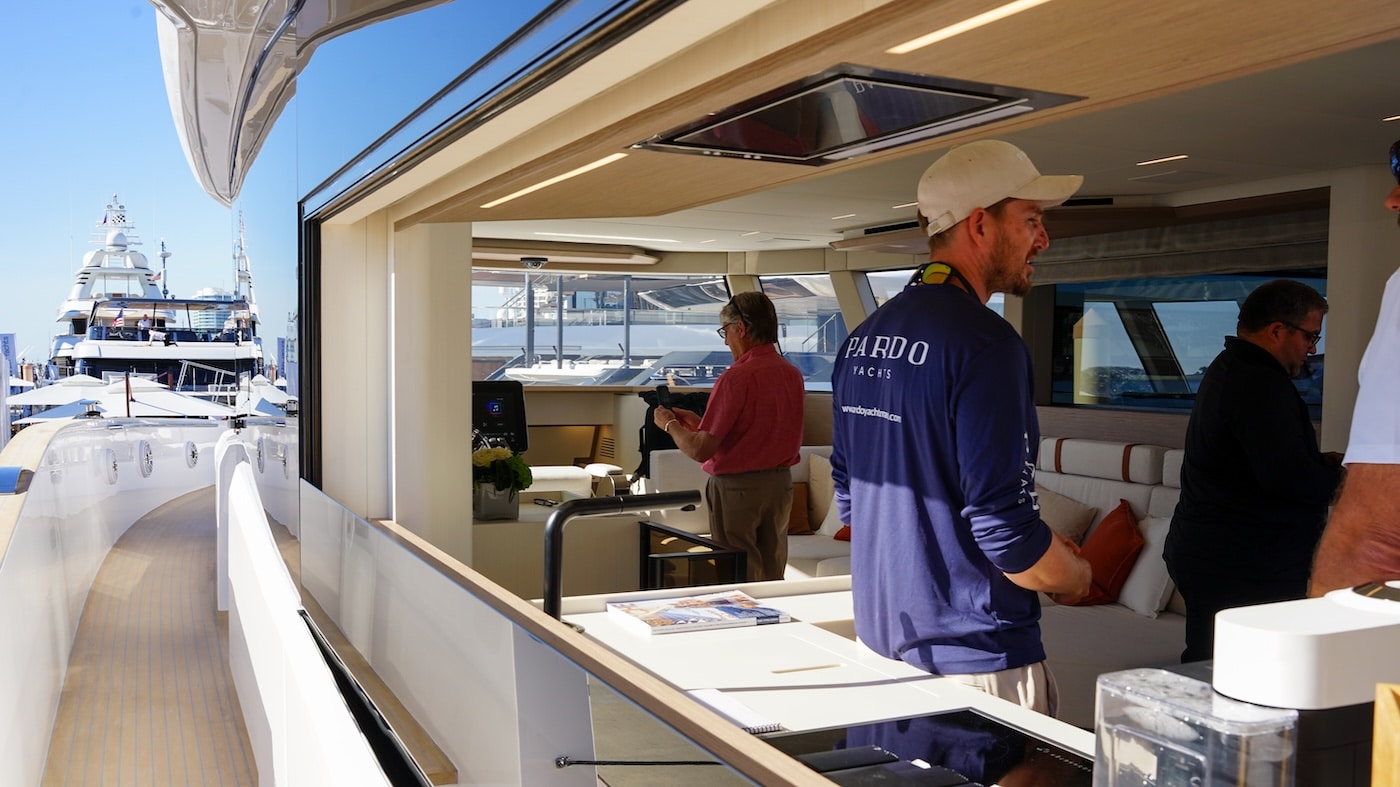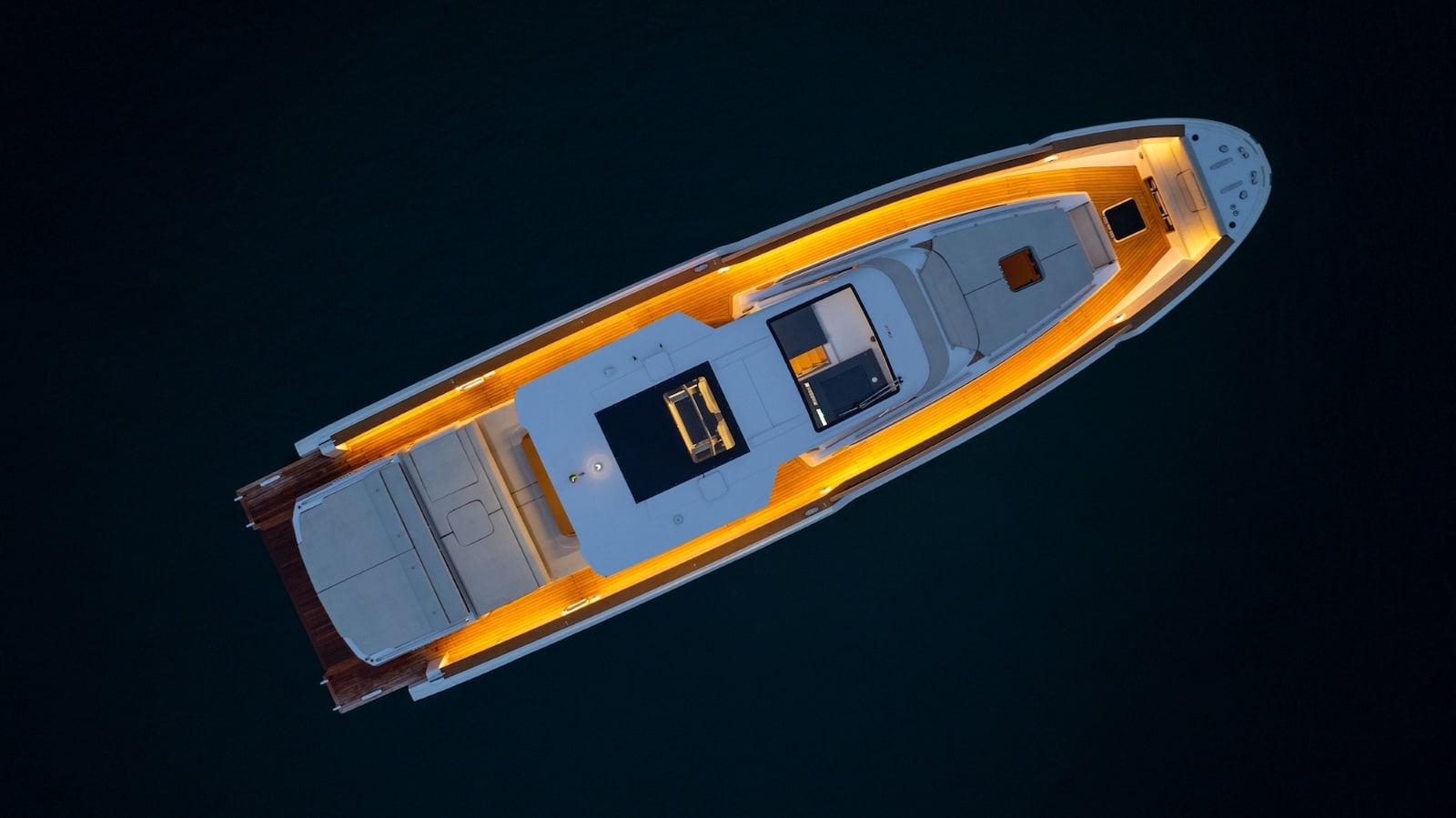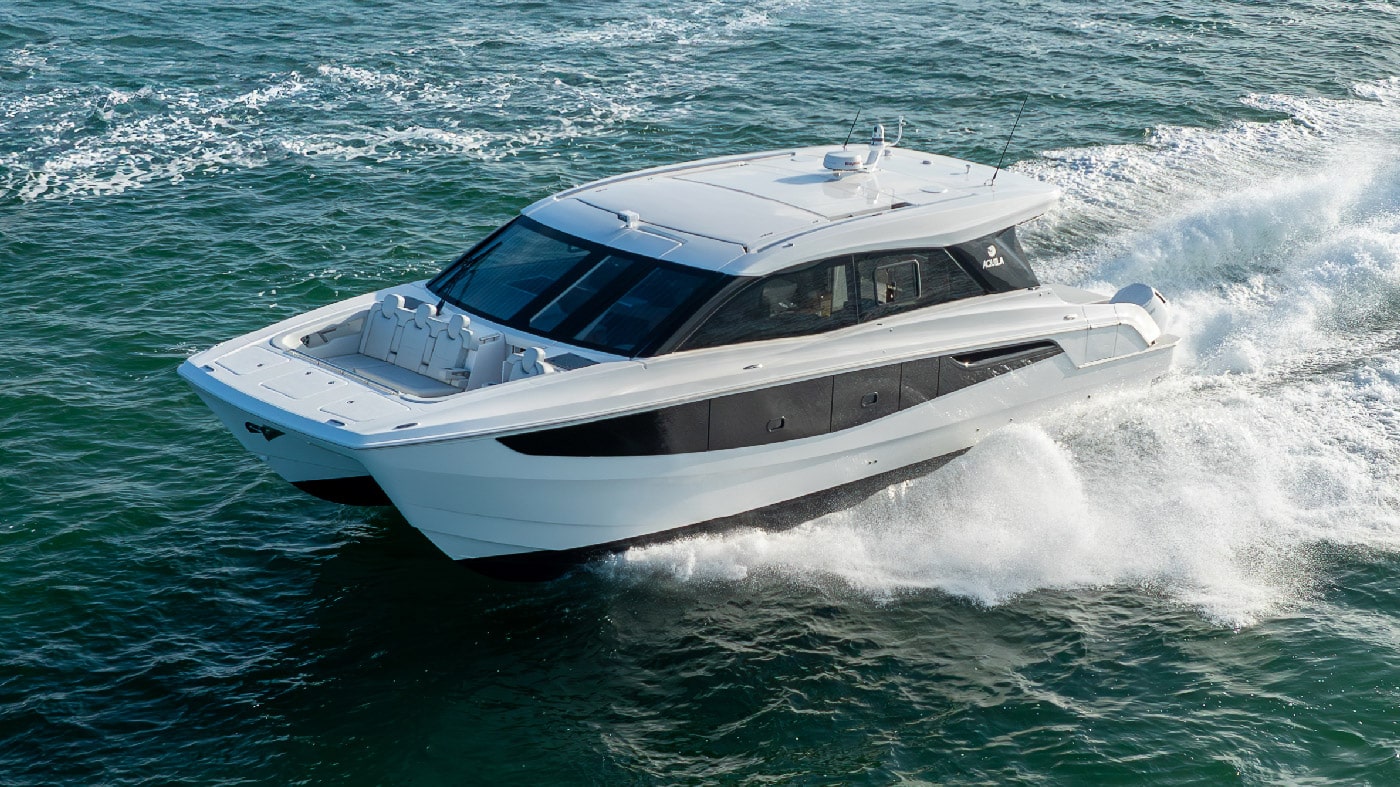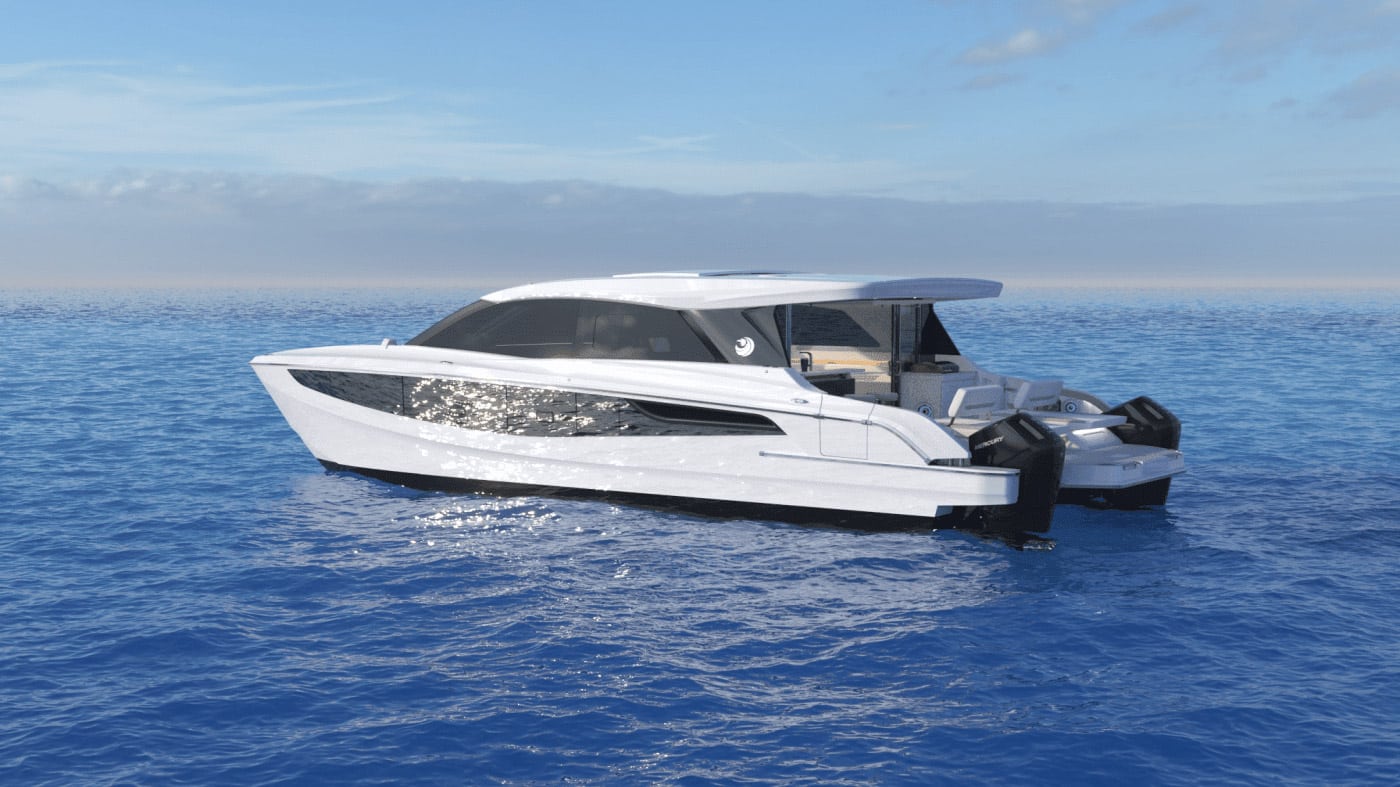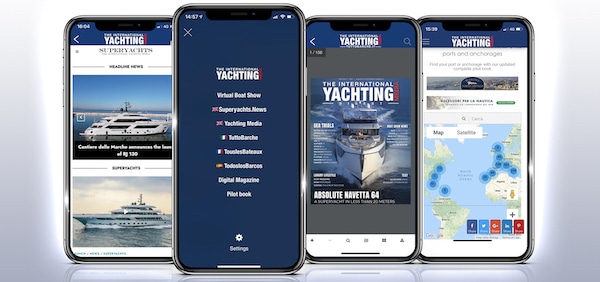Solar panels, wind generators, and hydro-generators: here’s how to increase power production on a boat.
Wind, sea, and nature in general offer resources that we can harness to increase electrical energy production on board. Solar panels, wind generators, and hydro-generators are three excellent examples to take into account when evaluating increasing electrical production on a boat. In the following guide, we will analyze the main characteristics of these three tools that, in a clean and eco-friendly way, can transform sunlight, wind, and propeller rotation into electrical energy.
The Energy Balance
The ever-increasing use of electrical and electronic equipment leads boats to have to support a daily power consumption that is increasingly significant: the so-called energy balance. While until a few years ago overall consumption was low, between 50 and 60 amperes per day (1 refrigerator, navigation lights, and autopilot), today the energy balance of a boat is much more important. Doubling the instrumentation and display size, automation systems, and the utilities connected to them, bring energy balance to triple-digit numbers. It is not uncommon today to consider a need ranging from 100 to 120 amperes per day.
So here’s how to try to fill this gap by using clean energy production.
Solar Panels: simple, affordable and functional
Solar (photovoltaic) panels are one of the most common solutions for producing clean energy on board, as they convert sunlight into electrical energy through a process called photoconversion. The first major distinction to make when talking about solar energy is between solar panels, which produce heat, and photovoltaic panels, which produce electrical energy. There are two main types of photovoltaic panels: rigid and flexible. Rigid photovoltaic panels have a solid structure, usually made of aluminum, offer good durability over time, and are ideal for fixed installations in a defined area of the boat. On the other hand, flexible photovoltaic panels have a softer structure, are lighter, and can be temporarily placed on curved surfaces, such as a bimini.
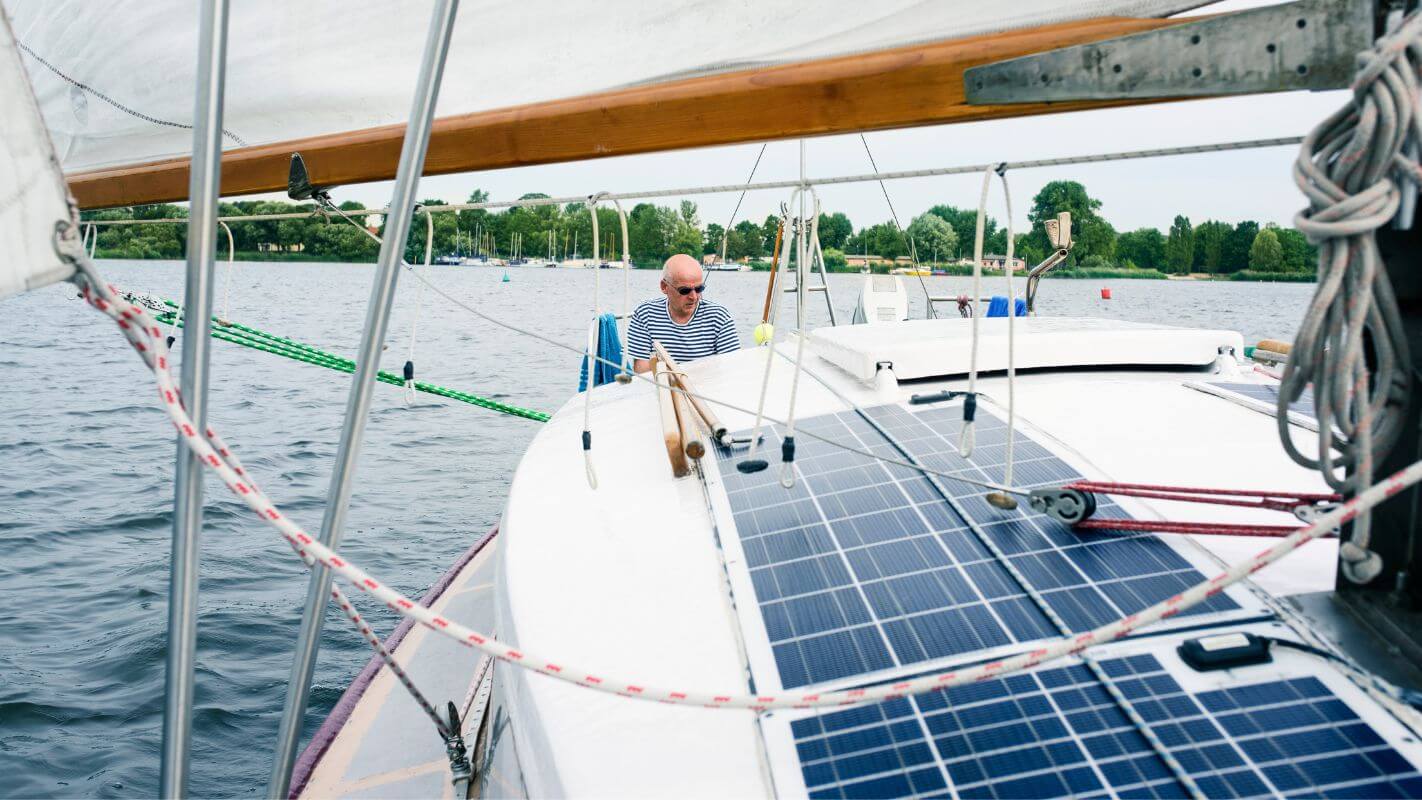
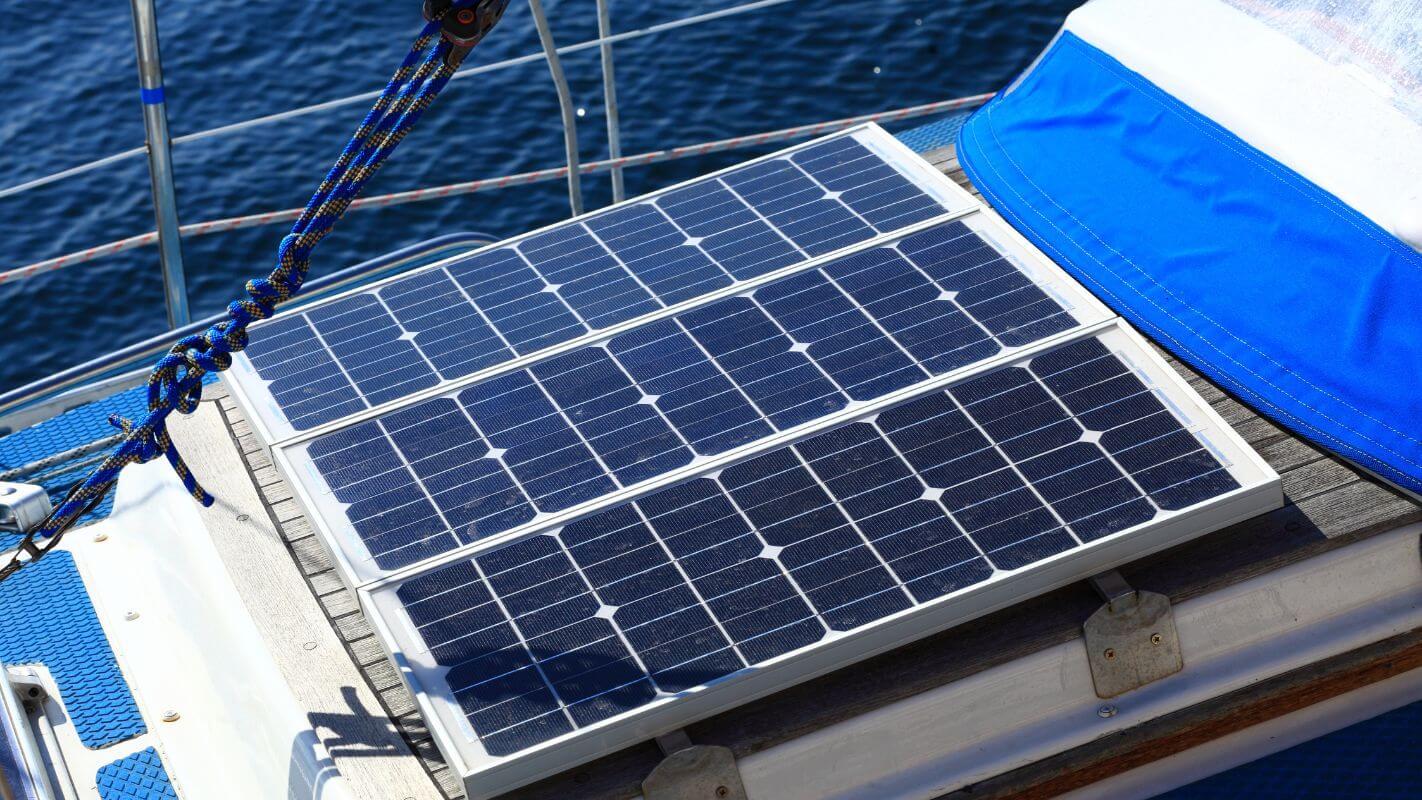

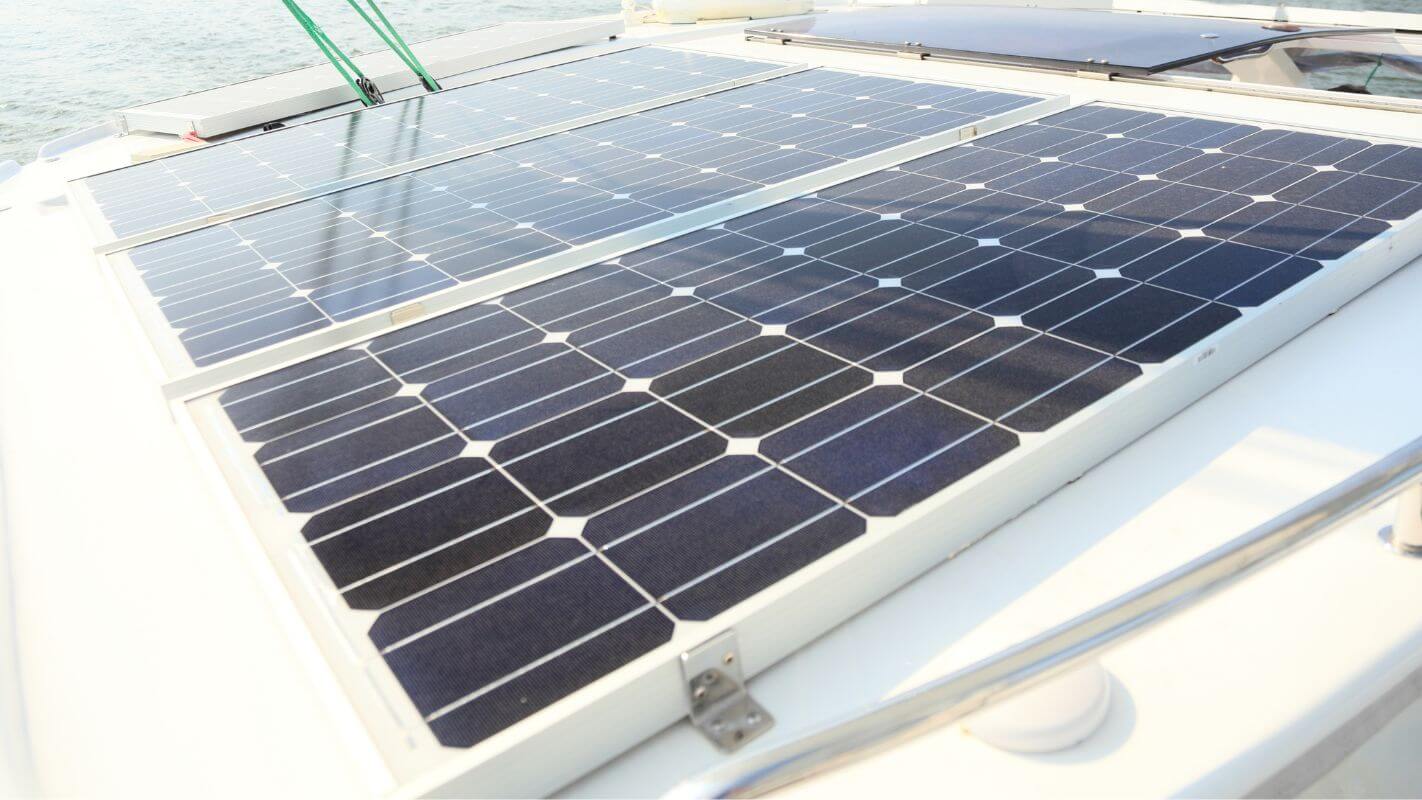
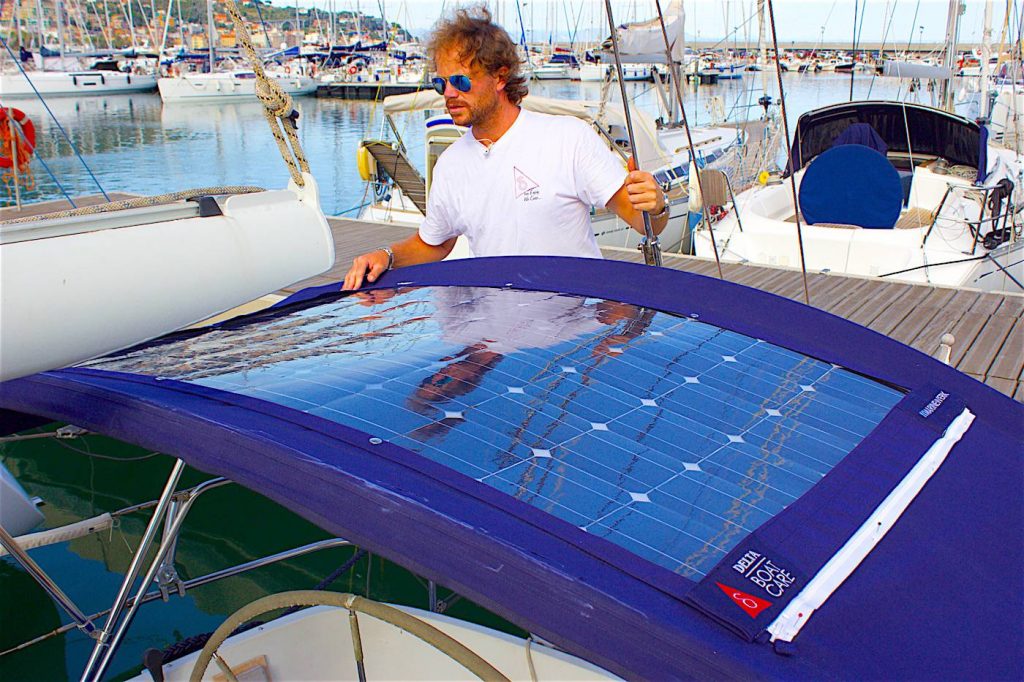
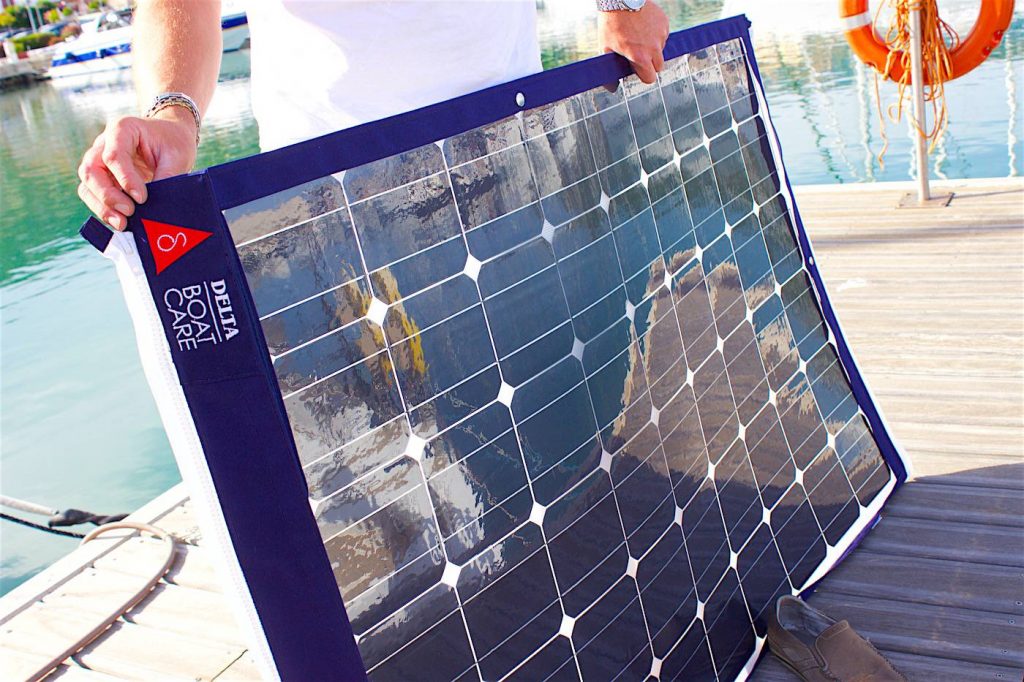
From a performance perspective, rigid photovoltaic panels tend to have slightly higher efficiency compared to flexible panels. This means that, for a given surface area exposed to the sun, rigid panels generate more energy than their flexible counterparts. Moreover, rigid photovoltaic panels generally have a longer lifespan than flexible ones, mainly because the materials they are composed of are more robust, providing better resistance to weathering and wear.
In any case, it can be considered that with a 150 W installation, we will produce between 50 and 100 A in a day depending on the power of the sun and the orientation/exposure of the cells.
Ultimately, there is no one solution better than another: both types of panels (rigid and flexible) have their own features that can be useful depending on the condition of the boat.
Rigid photovoltaic panels offer better energy efficiency, durability over time, and weather resistance, but they are bulkier, heavier, and require a solid and resistant mounting location.
Flexible photovoltaic panels are, on the other hand, lighter, more manageable, and do not require fixed structures to be positioned on. However, they are less resistant to weathering and wear and have slightly lower energy efficiency.
Wind Generators: energy from the wind
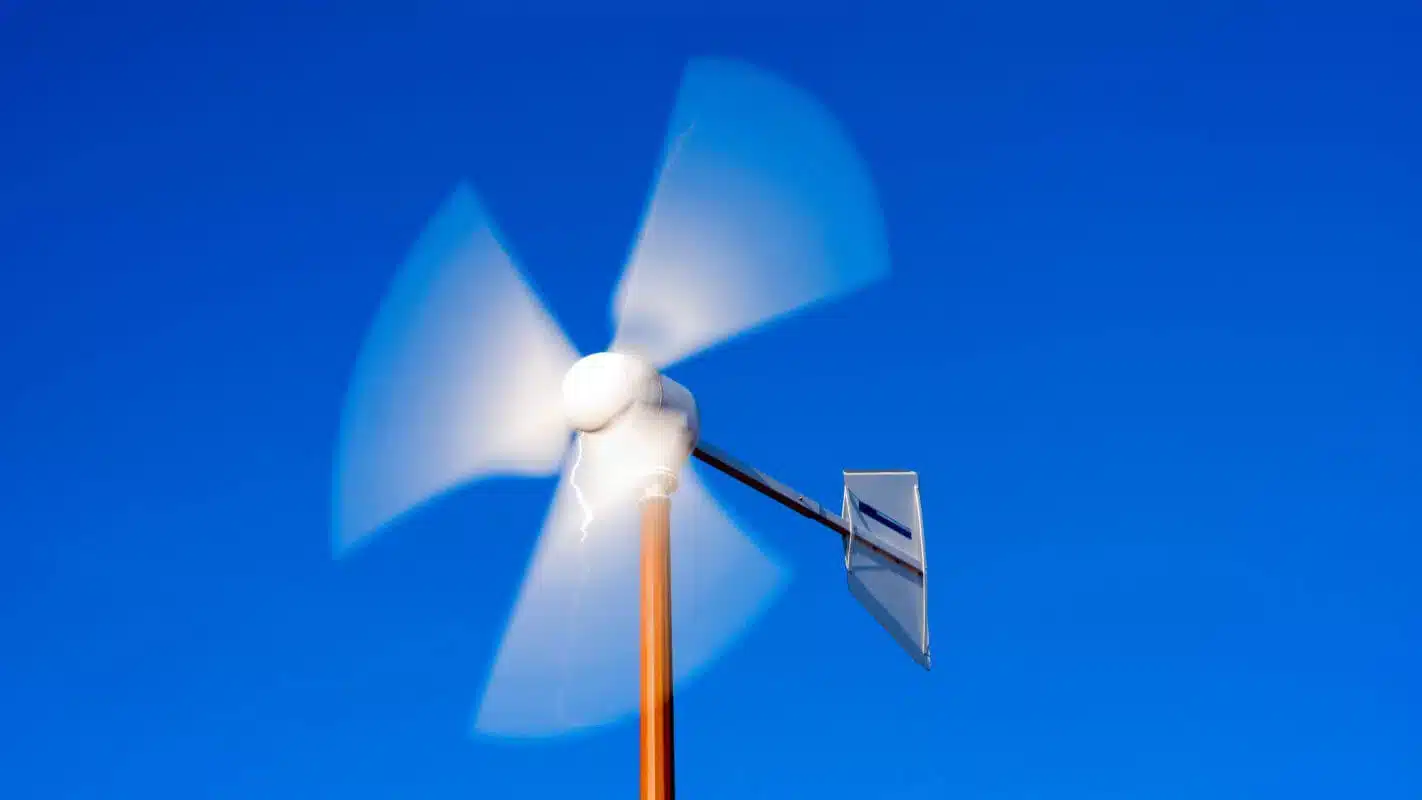
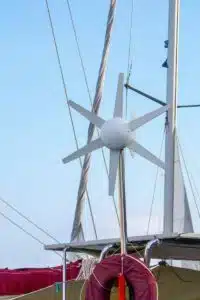
Furthermore, it is important to consider that photovoltaic panels are generally easier to install and require less maintenance compared to wind generators. For the former, periodic cleaning of the modules is enough, while for the latter, maintenance involves more delicate and complex turbine revisions. What’s more, wind turbines require a specific wind thrust to function, without which they remain inactive.
In conclusion, there is no universal answer to which technology generates more power, as it depends on the specific circumstances and environmental conditions of each installation. Both systems have their own advantages and can be used complementarily to maximize the production of energy from renewable sources.
Hydro-Generators: energy from the wave motion
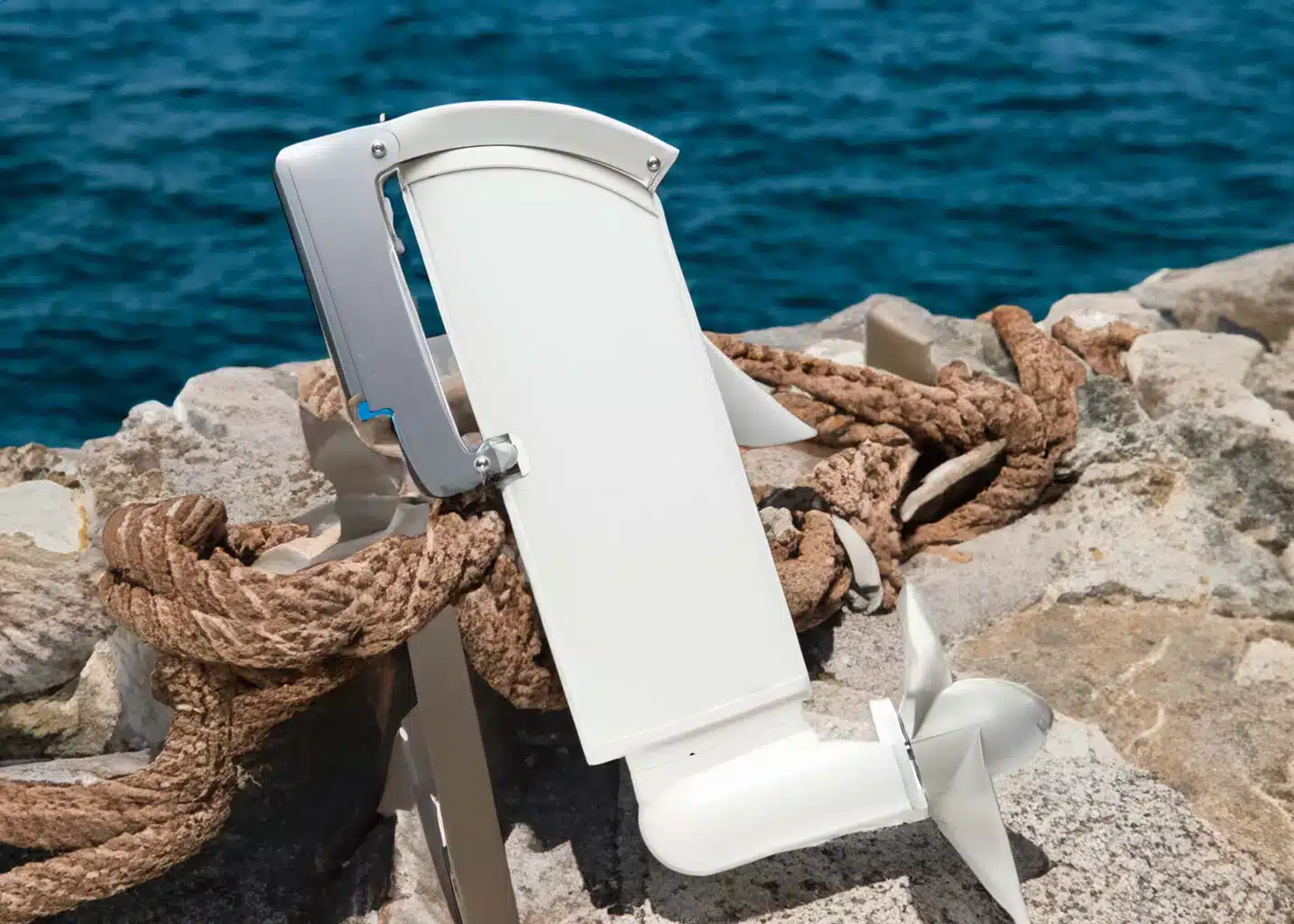
The size and properties of the ideal hydro-generator depend on the characteristics of the boat and the average cruising speed. For example, with a boat cruising at 4 to 6 knots, a 300W hydro-generator might be optimal as it more than compensates for the consumption of about 8 amperes of the onboard system.
For boats larger than 35 feet, it may be useful to install a 600W hydro-generator, which not only provides a greater amount of energy but also produces electricity exponentially starting from speeds of 6 knots.
Solar panels, wind generators, and hydro-generators: conclusions
In an increasingly environmentally conscious world, the use of renewable energy sources on boats has become a recommended choice for those who wish to increase their electrical contribution sustainably. Photovoltaic panels, wind generators, and hydro-generators offer effective solutions for producing clean energy and reducing the environmental impact of boating. Choosing the best solution depends on the specific needs of the boat, typical navigation conditions, and the costs associated with installing the equipment, but one thing is certain: the future of boating, a future that lives in harmony with the environment and high energy performance, is now possible and achievable even with modest investments.

